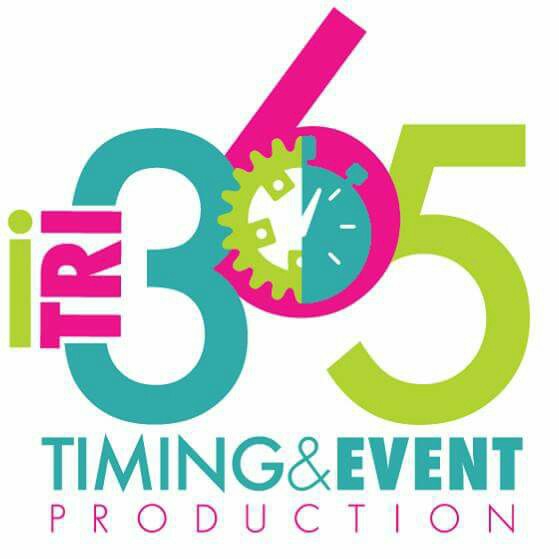The Importance of Strength Training for Endurance Athletes by Ryan Dupre
A well rounded “Performance Enhancement Training” plan is vital for all endurance athletes (runners, cyclists, and swimmers) to not only stay healthy, but also improve running economy and running times. But what exactly is performance enhancement training? At the CHRISTUS Human Performance Center, performance enhancement training includes muscular hypertrophy, muscular strength, and muscular power. It also includes a proper dynamic warm up, injury reduction protocols, nutrition, and recovery modalities (See Figure 1).
Figure 1
For this article, we will touch on the importance of muscular strength and power training to help you improve your running economy and lower your run times. We will also provide endurance athletes of all ages and levels an easy breakdown of how to add muscular strength and power training into your current schedule.
First, we need to get past old and outdated ways of thinking. No, endurance athletes should not use the “high repetitions and low resistance” method when training in a gym or weight room. No, lifting heavy weights does not make you slower or bulky. In fact, the exact opposite is true. According to a systematic review and meta-analysis published in Sports Medicine – Open in 2022, research has shown that a combination of heavy resistance training and plyometric training had the greatest effects to increasing running economy and running trial performance (See Figure 2 below). The reason why heavy resistance training and plyometrics are so vital for endurance athletes is multifaceted, however the most important reasons behind is simple: You need to change the training stimulus so your body can build adaptions to improve. As endurance athletes, you may run anywhere between 15 and 100 miles a week, or cycle 80-100 miles in one weekend. Your body has developed enough slow twitch muscle fibers (Type 1 Muscle) so a training plateau can occur. Adding heavy resistance training will change the stimulus enough that your muscles start to become stronger over time. This added strength will allow you to run, swim, or bike longer and faster before your muscles start to fatigue. You will start to notice those hills you bike and run will become easier and you will not be as fatigued as you once were on those long-distance days.
Figure 2
Beyond the scope of using resistance training to just get stronger, heavy resistance training can also lead the possible reduction of injuries seen by many endurance athletes. Research done at the University of Primorska looked at several important factors when it comes to resistance training for runners. They also found that there is significant evidence and correlation between heavy resistance training and plyometrics, and their effects on increased running economy. One factor that does get over looked is the effect resistance and plyometric training has on reducing the likelihood of injuries. The stronger our muscles and tendons get, the less likely one is to have soft tissue injuries pop up. One extremely important factor that also gets overlooked when it comes to heavy resistance training and endurance athletes is bone density. Resistance training helps increase bone density, which over time is something many cyclist start to lose since there is no outside force being put on their bones during their rides.
Figure 3
At the CHRISTUS Human Performance Center, many of our endurance athletes train two to three times a week. We always recommend that during the “off-season”, that the emphasis should be put in the gym or weight room to get stronger and more powerful. That means that if busy schedules allow it, the resistance and plyometric training should be done before any endurance activities so they body and central nervous system is not fatigued. As we get closer to a big race or competition, the emphasis moves to the endurance training being done before any gym or weight room training. Also, as we inch closer to those big races like the Rose City Triathlon or FRESH 15, we still lift heavy, however the sets of specific movement patterns are reduced and we increase mobility, flexibility, and injury reduction movements.
Regardless of where you are in your daily life, if you are just starting out or have been an endurance athlete for years, making your hard days hard, and your easy days easy needs to be a priority not only to continue progressing week to week, but to stay healthy through the entire journey.
Ryan Dupre is the Head Strength and Conditioning Coach at the CHRISTUS Human Performance Center. With over 14 years of performance enhancement experience, Coach Dupre has worked with elite endurance athletes at the high school and collegiate level. Several of Coach Dupre’s collegiate former athletes are still running professional, three even making it to the last two Olympics. If you have any questions about how resistance and plyometric training can help you, please email him at ryan.dupre@christushealth.org
Works Cited
Eihara, Y., Takao, K., Sugiyama, T. et al. Heavy Resistance Training Versus Plyometric Training for Improving Running Economy and Running Time Trial Performance: A Systematic Review and Meta-analysis. Sports Med - Open 8, 138 (2022). https://doi.org/10.1186/s40798-022-00511-1
Šuc A, Šarko P, Pleša J, Kozinc Ž. Resistance Exercise for Improving Running Economy and Running Biomechanics and Decreasing Running-Related Injury Risk: A Narrative Review. Sports. 2022; 10(7):98. https://doi.org/10.3390/sports10070098



